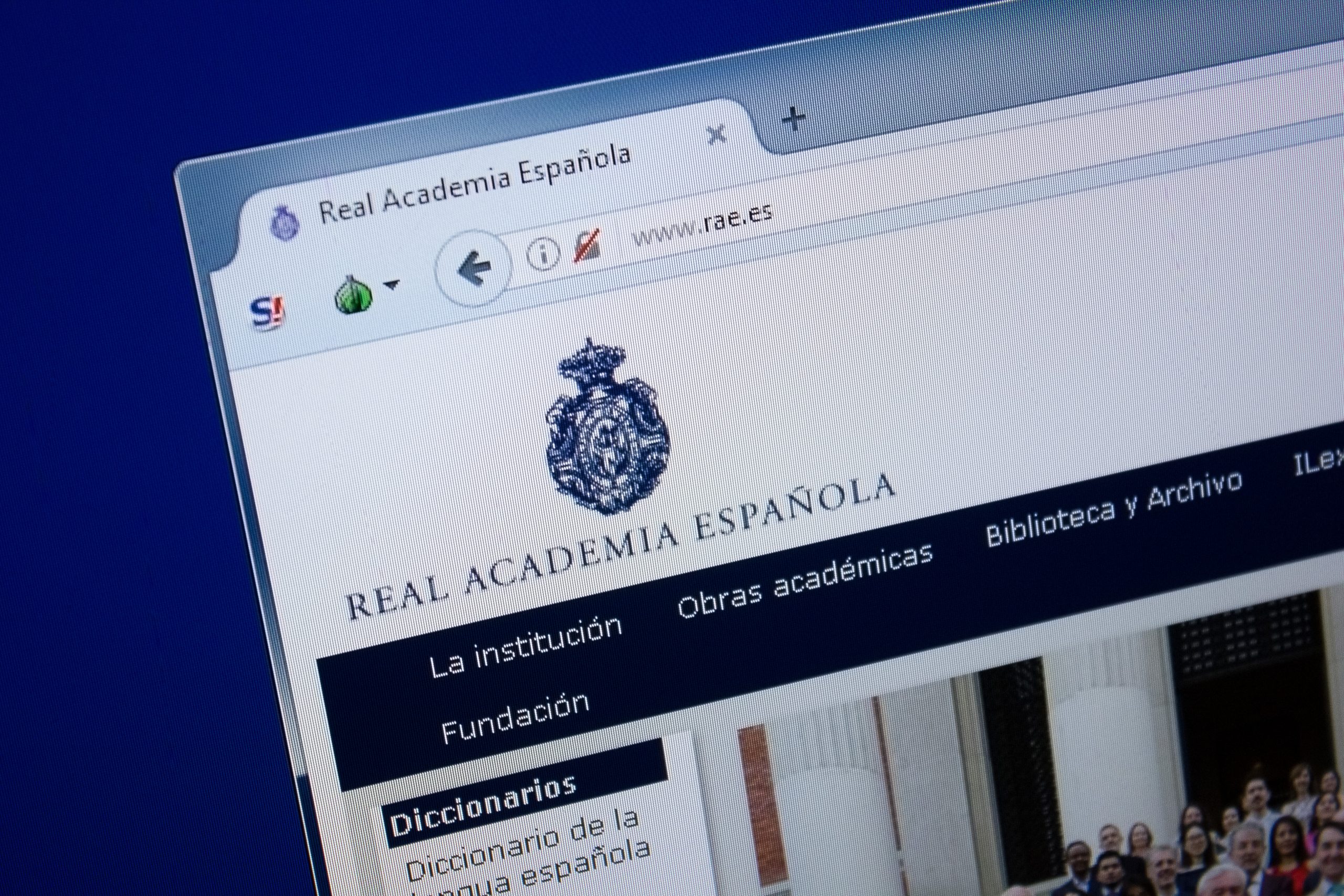 Historical Framework
Historical Framework
With the political unity of Castile and Aragon, “Castilian” was the dominant language in Spain and the official language of public documents. This was the language that came to America by the hand of conquest.
From the sixteenth century on, the language became known as “Spanish” instead of “Castilian.”
With the abundance of neologisms from the new territories conquered in America and the variety of political contacts of the Spanish Empire, the concern of Spanish intellectuals was the systematization of language, and so much effort to “order” the language was richly rewarded by the emergence of a literary splendor known as the Spanish Golden Age.
In this same historical period, France, Italy and England published dictionaries and grammar books to learn Spanish, which was the language of international diplomatic relations until the first half of the eighteenth century.
From the 15th to the 18th century, Spanish incorporated words from Italian, such as soneto, asonante, silva, lira, fachada, escorzo, medalla, piano, centinela, alerta, escopeta, aspaviento, charlar and estropear.
New discoveries were made in the Americas that were incorporated with words such as patata, cóndor, alpaca, vicuña, pampa, puma, papa, canoa, huracán, sabana, maíz, cacique, colibrí, caribe, enagua, caníbal, hule, chocolate, tomate, cacao, aguacate and petate.

Purpose
The purpose of this organization was to establish what were the words of the Spanish language in its greatest elegance and purity. That is why the emblem of the entity was a crucible in fire and the words “Limpia, fija y da esplendor” (Cleans, sets and gives splendor), reflecting the firm objective of fighting expressions that alter the elegance and purity of the language made in the golden age.
Over the years, and through historical changes, the Spanish Royal Academy has changed its purpose. Reflecting a certain acceptance of dynamic languages, its current mission has come to be to ensure that the changes in the Spanish language in its constant adaptation to the realities do not break the essential unity of the Hispanic world language.
(Spanish version: https://www.trustedtranslations.com/la-real-academia-espanola-2011-02-15.html)





